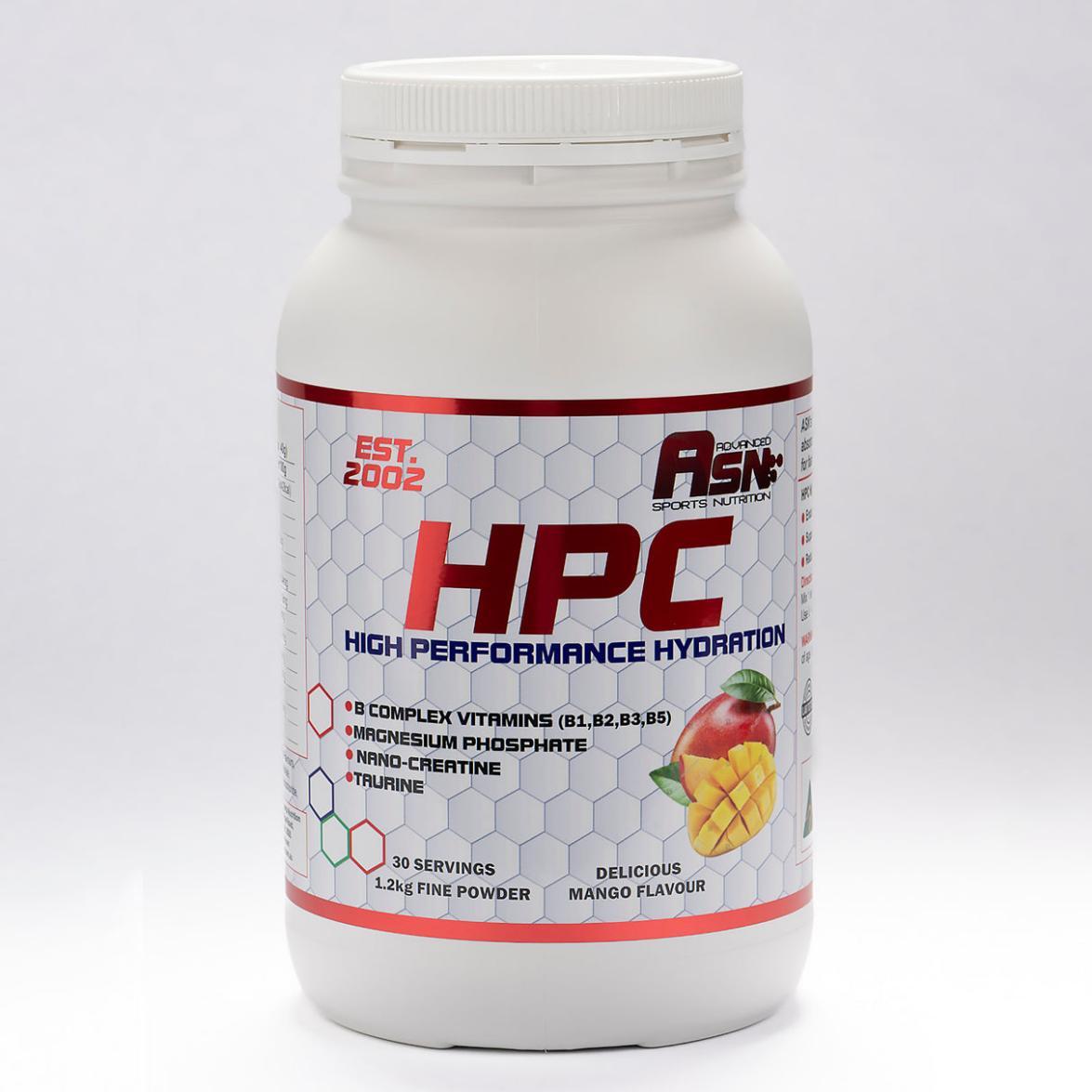Embarking on a creatine loading phase can swiftly enhance muscle creatine stores, leading to improved strength and performance a strategy endorsed by Advanced Sports Nutrition Australia. This method involves consuming higher doses of creatine over a short period, followed by a maintenance phase, to maximise the compound’s benefits efficiently.
Table of Contents
- Key Takeaways:
- Understanding the Creatine Loading Phase
- Benefits of Creatine Loading
- The Science Behind Creatine Loading
- Why Loading Works Better Than Gradual Supplementation
- Timing and Best Practices for Creatine Loading
- Tracking Progress During the Loading Phase
- Common Misconceptions About Creatine Loading
- Incorporating Creatine Loading into Your Fitness Plan
- Who Should Avoid Creatine Loading?
- The Long-Term Impact of Creatine Loading
- Conclusion
- FAQs
Key Takeaways:
- Rapid Saturation: A loading phase quickly maximises muscle creatine stores.
- Performance Enhancement: Leads to improved strength and exercise capacity.
- Safety First: Consult a healthcare professional before starting supplementation.
Understanding the Creatine Loading Phase
Creatine is a naturally occurring compound stored in muscles, playing a pivotal role in energy production during high-intensity activities. While the body synthesises creatine and it is present in foods like meat and fish, supplementation can elevate muscle creatine levels beyond natural capacities.
The loading phase typically involves:
- Dosage: 20 grams of creatine daily, divided into four 5-gram servings.
- Duration: 5 to 7 days.
- Maintenance: Following the loading phase, consuming 3 to 5 grams daily helps sustain optimal creatine levels.
Benefits of Creatine Loading
Implementing a creatine loading phase offers several advantages:
- Accelerated Muscle Saturation: Quickly elevates muscle creatine content, leading to faster performance improvements.
- Enhanced Strength and Power: Increases the availability of phosphocreatine, aiding in rapid ATP regeneration during intense exercise.
- Improved Exercise Capacity: Delays fatigue, allowing for prolonged high-intensity training sessions.
The Science Behind Creatine Loading
Creatine loading is a strategic method to quickly elevate the amount of creatine stored in muscles. This approach stems from research showing that muscles have a limited storage capacity for creatine, but when fully saturated, they can significantly improve performance. During high-intensity activities, the body relies on adenosine triphosphate (ATP) for energy. Creatine phosphate, stored in the muscles, helps regenerate ATP, ensuring sustained energy during intense exercises. By saturating the muscles with creatine through a loading phase, the body can produce energy more efficiently, allowing for better performance and quicker recovery.
Why Loading Works Better Than Gradual Supplementation
Without a loading phase, it can take weeks of consistent daily supplementation to saturate muscle creatine stores. The loading phase acts as an expedited route to these benefits, delivering a noticeable difference in performance within days. This is particularly advantageous for athletes or fitness enthusiasts looking to enhance their training output in a short timeframe. However, for those who prefer a more gradual approach, consistent daily intake will also yield similar results, albeit over a longer duration.
Timing and Best Practices for Creatine Loading
The timing of creatine intake plays a crucial role during the loading phase. To maximise absorption:
- Spread Out Doses: Divide the 20 grams into four equal servings throughout the day. Taking it with meals may improve uptake and reduce potential gastrointestinal discomfort.
- Combine with Carbohydrates: Pairing creatine with a carbohydrate-rich snack or meal can enhance its absorption by increasing insulin levels. For example, consuming creatine with a banana or a smoothie may boost its effectiveness.
- Hydration Is Key: Since creatine draws water into the muscles, staying hydrated is essential to prevent cramping or bloating. Aim to drink at least 2-3 litres of water daily during the loading phase.
Tracking Progress During the Loading Phase
To evaluate the effectiveness of the creatine loading phase, tracking progress is essential. Key indicators of success include:
- Increased Strength: Look for improvements in weightlifting performance, such as lifting heavier weights or completing more repetitions.
- Enhanced Recovery: Notice reduced muscle soreness and faster recovery between intense training sessions.
- Muscle Fullness: Many individuals report feeling a “pump” or increased muscle volume due to water retention in the muscles.
Common Misconceptions About Creatine Loading
Although creatine supplementation is widely used and extensively studied, several myths continue to circulate. Let’s address some common misconceptions and uncover the facts:
- Creatine Causes Kidney Damage: Studies have shown that creatine is safe for healthy individuals when taken as directed. Concerns about kidney damage are generally unfounded, though individuals with pre-existing kidney conditions should consult a healthcare professional before supplementation.
- Creatine Leads to Weight Gain: While creatine can cause an initial increase in water retention within the muscles, this is not fat gain. The additional weight reflects enhanced hydration and muscle volume, which can positively impact performance and aesthetics.
- Creatine Is Only for Bodybuilders: Creatine benefits athletes across various disciplines, including endurance runners, swimmers, and team sport players. It enhances performance in any activity requiring short bursts of energy.
Incorporating Creatine Loading into Your Fitness Plan
Creatine loading is most effective when paired with a structured fitness plan. The increased strength and recovery benefits are best utilised in resistance training or high-intensity interval training (HIIT). For endurance athletes, incorporating creatine may enhance sprinting ability or explosive power during races.
It’s also beneficial to align your creatine supplementation with progressive overload training, where you gradually increase the demands placed on your muscles. This strategy allows you to maximise the gains facilitated by creatine.
Who Should Avoid Creatine Loading?
Although creatine is safe for most individuals, certain groups may need to approach supplementation with caution or avoid it altogether. These include:
- Individuals with kidney or liver conditions.
- Those with a history of muscle cramps or dehydration.
- Pregnant or breastfeeding women, as there is limited research on creatine use in these populations.
The Long-Term Impact of Creatine Loading
One of the greatest benefits of the creatine loading phase is its long-term impact on performance and muscle health. After the loading phase, the maintenance phase sustains the heightened levels of creatine in your muscles, ensuring continued support for strength gains, endurance, and recovery. Over time, consistent supplementation contributes to noticeable improvements in muscle mass and overall exercise capacity.
For athletes involved in strength-based sports, such as powerlifting or sprinting, creatine supplementation helps build a competitive edge by enabling faster recovery and enhancing explosive power. Endurance athletes, on the other hand, benefit from delayed fatigue and improved anaerobic capacity, allowing for stronger finishes during races or high-intensity intervals. These long-term gains make creatine one of the most effective and trusted supplements in sports nutrition.
Conclusion
At Advanced Sports Nutrition Australia, we provide premium-grade supplements to support your goals. Explore our range of creatine products, and contact us today for personalised advice tailored to your unique needs. Let us guide you in achieving peak performance and maintaining it for the long haul.
FAQs
Is a creatine loading phase necessary?
No, it’s not mandatory. A loading phase accelerates muscle saturation, but consistent daily intake without loading will eventually yield similar benefits.
Can women undertake a creatine loading phase?
Yes, women can follow a creatine loading phase. However, individual responses may vary, and consulting with a healthcare professional is recommended.
Are there side effects associated with creatine loading?
Some individuals may experience gastrointestinal discomfort or water retention during the loading phase. Staying hydrated and monitoring your body’s response can help manage these effects.
How long should the maintenance phase last after loading?
The maintenance phase can be sustained as long as desired, with a daily intake of 3 to 5 grams of creatine to maintain elevated muscle creatine levels.
Can I take creatine with other supplements?
Yes, creatine can be combined with other supplements. However, it’s important to consider the overall dosage and consult with a healthcare professional to ensure safety and efficacy.

